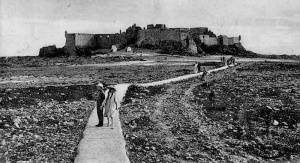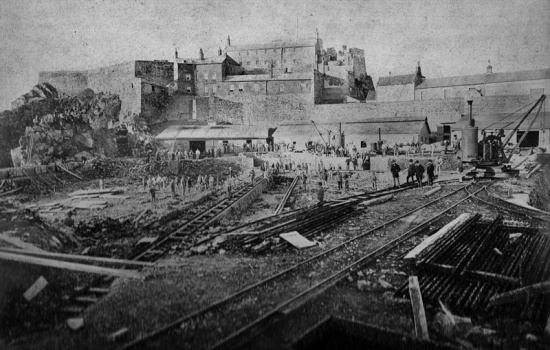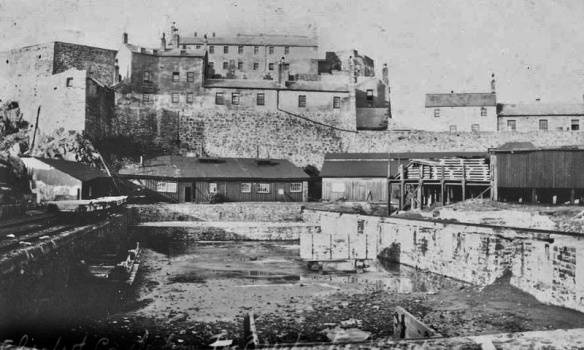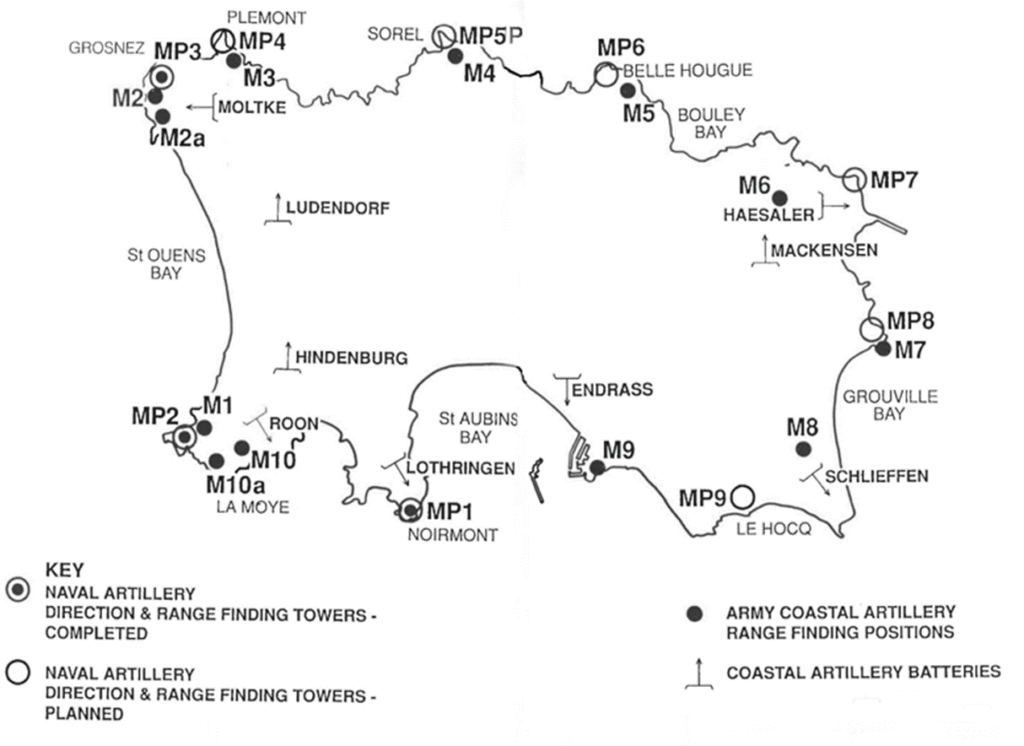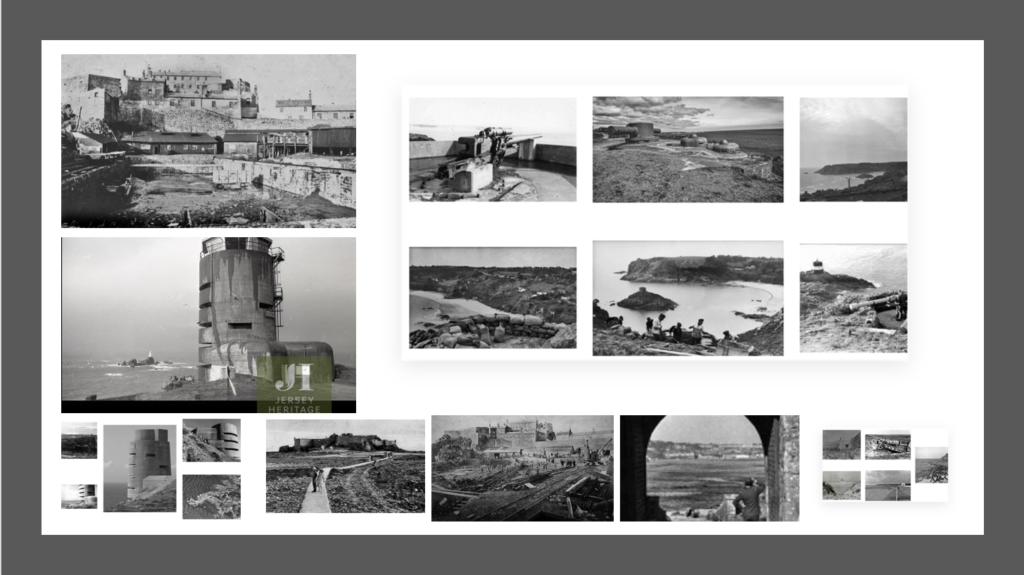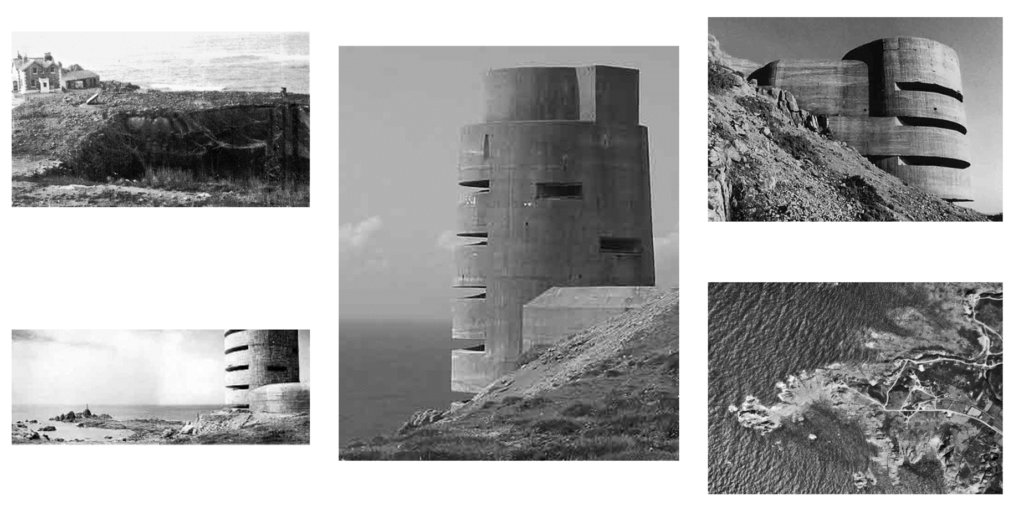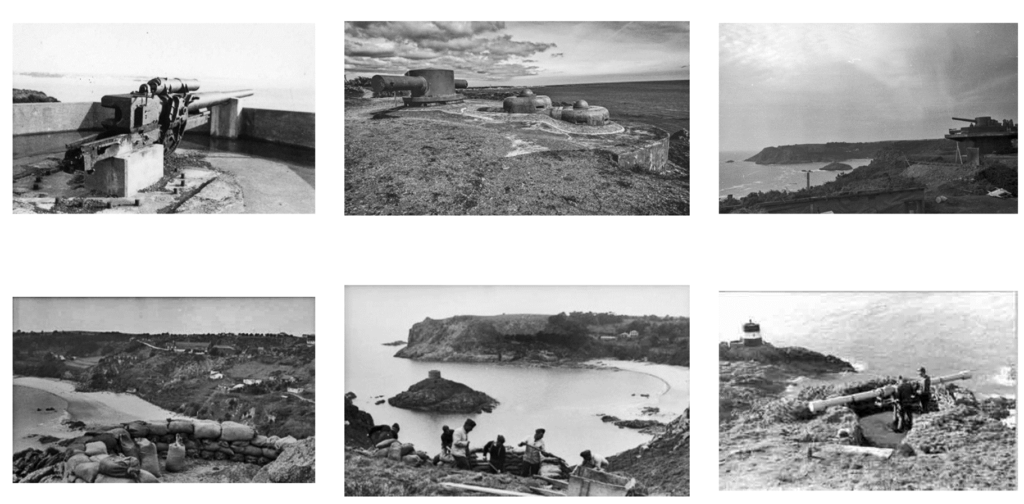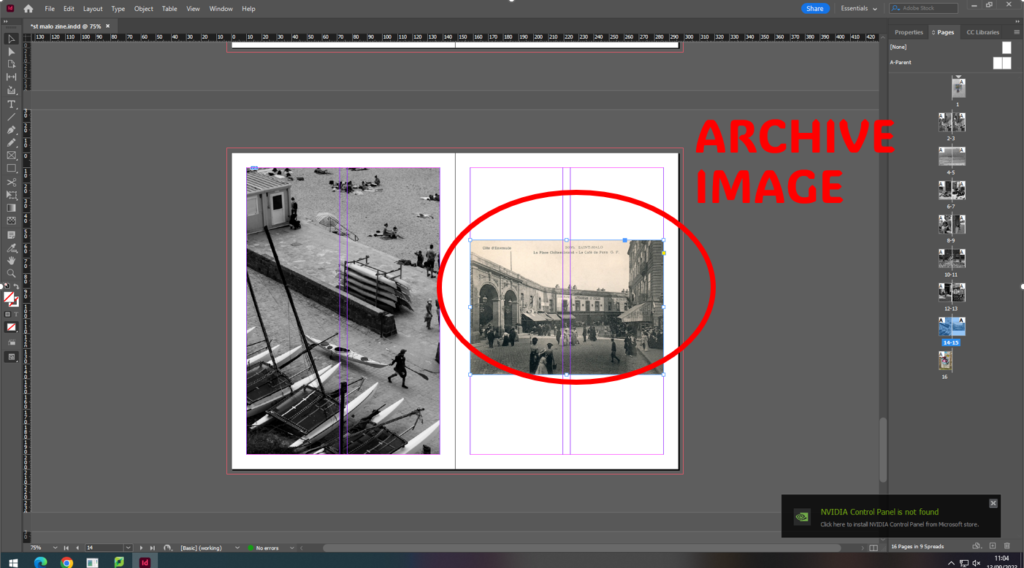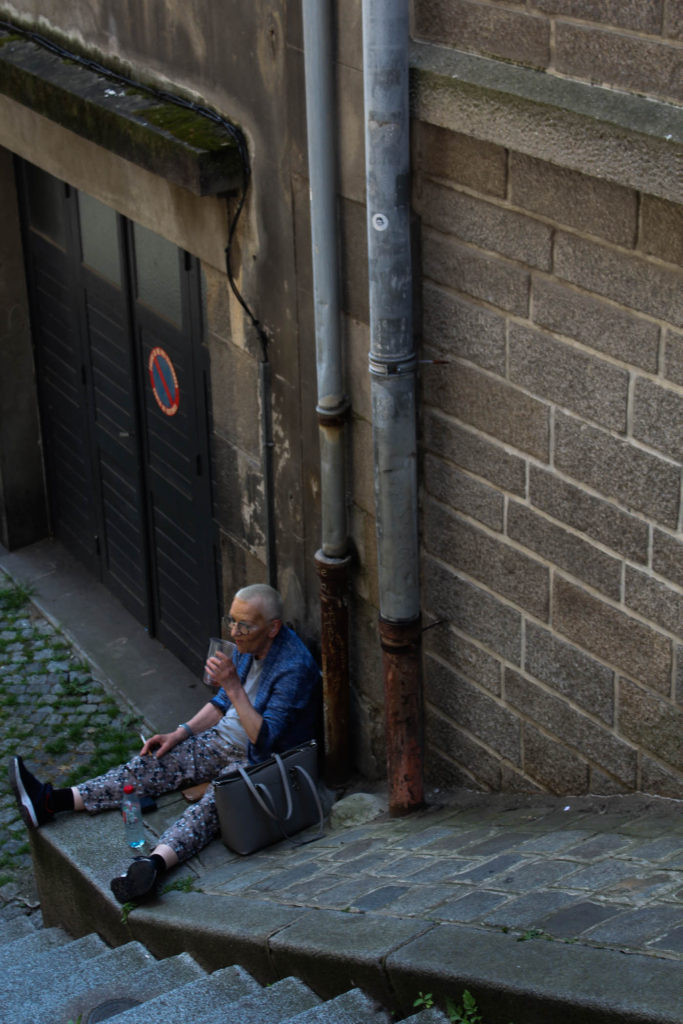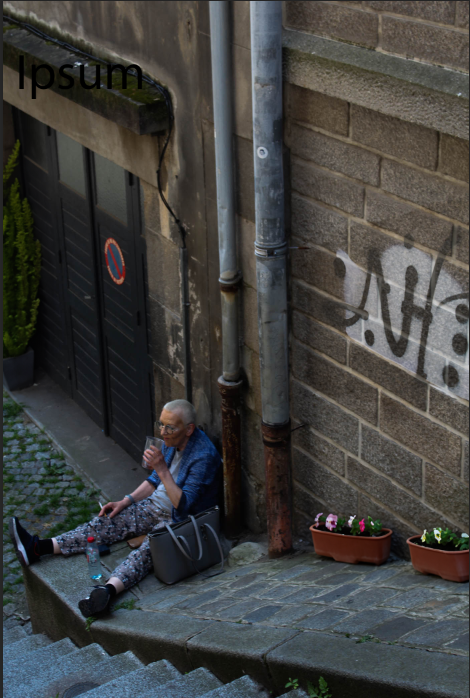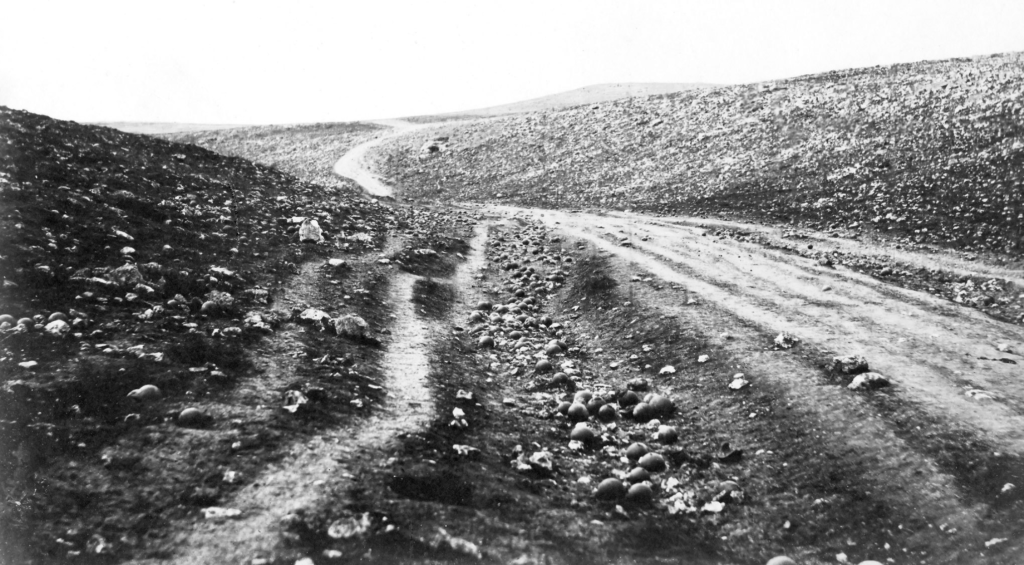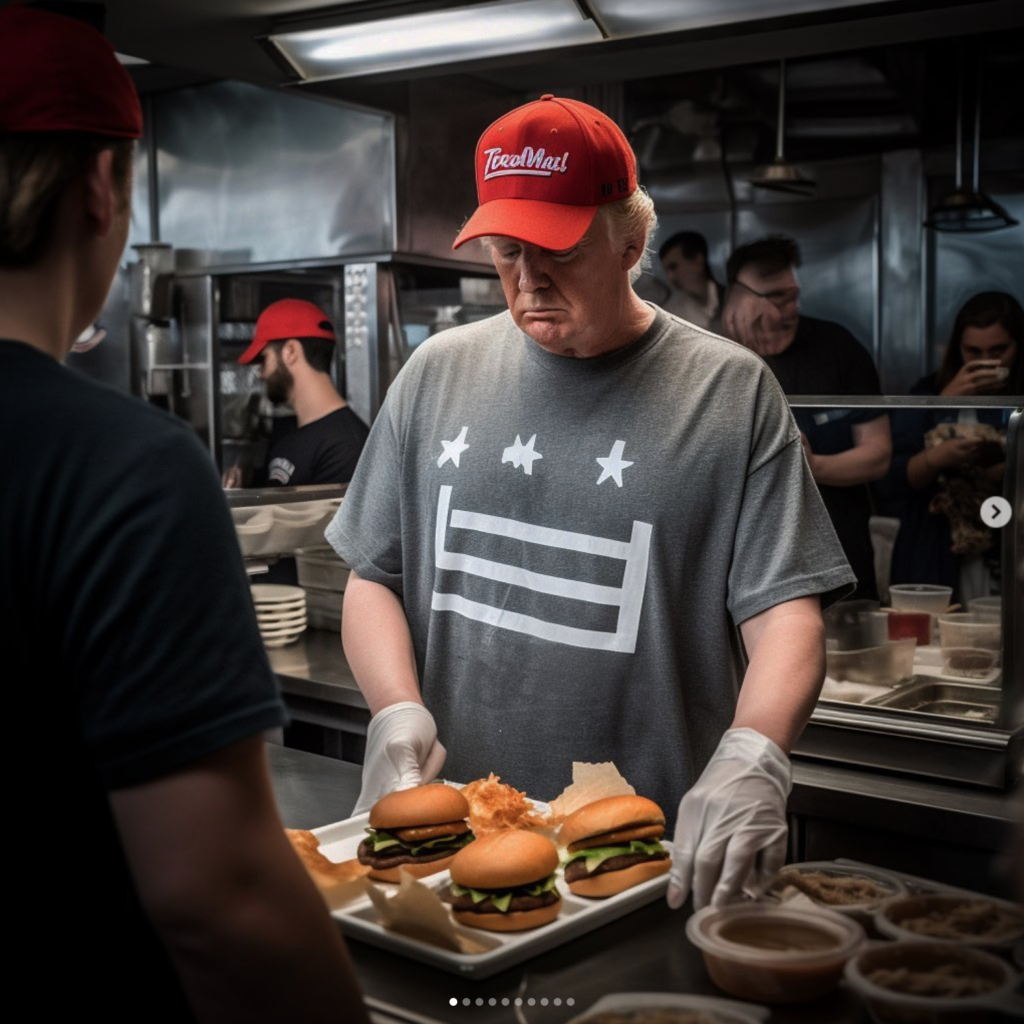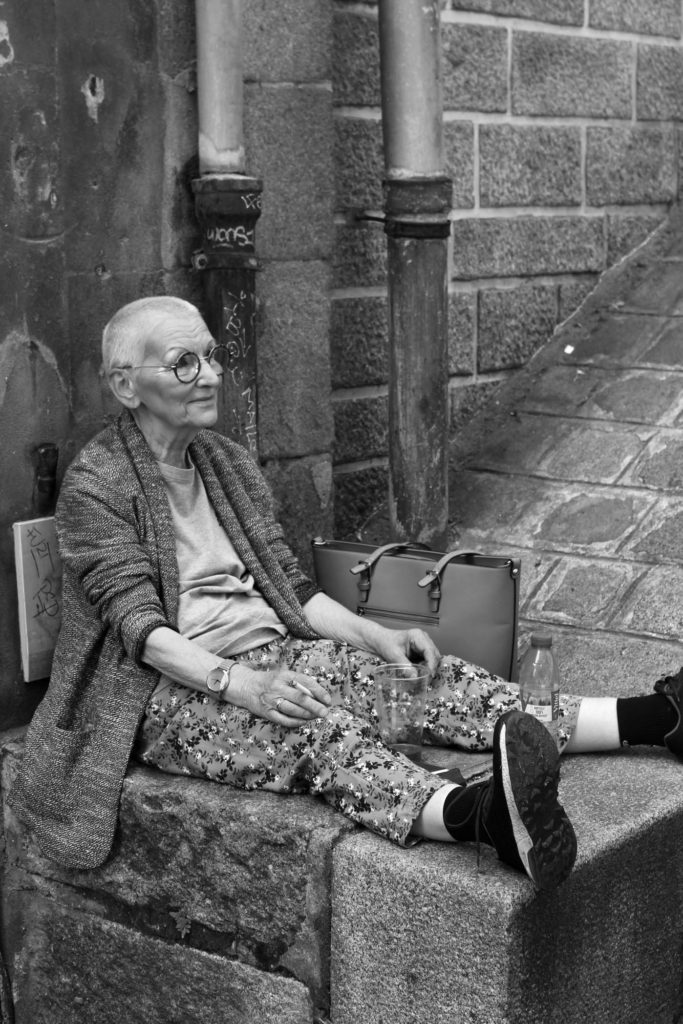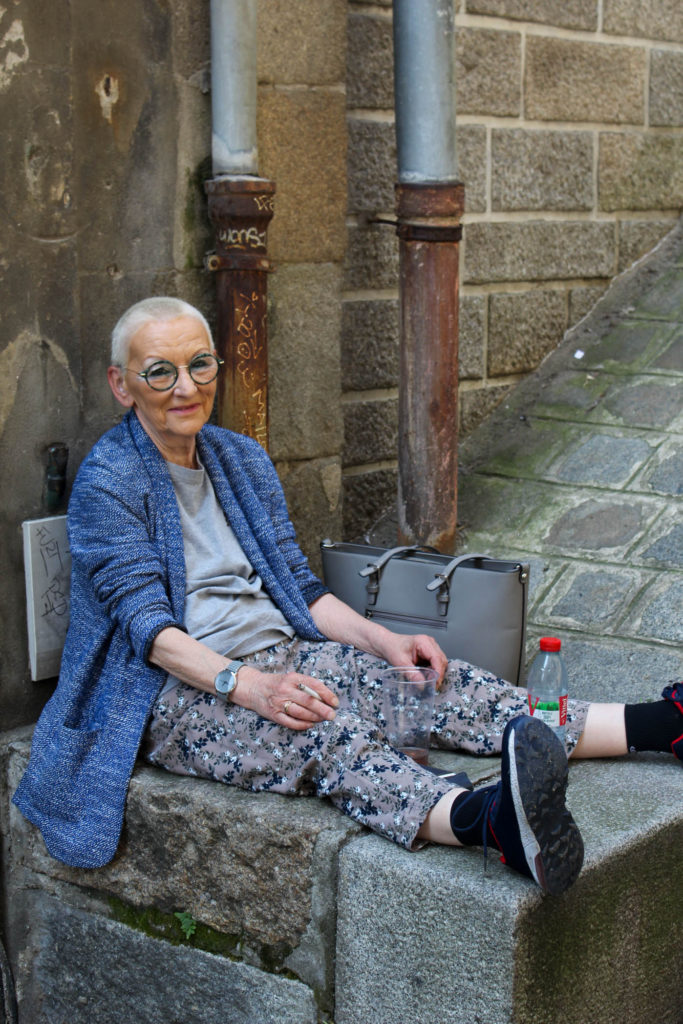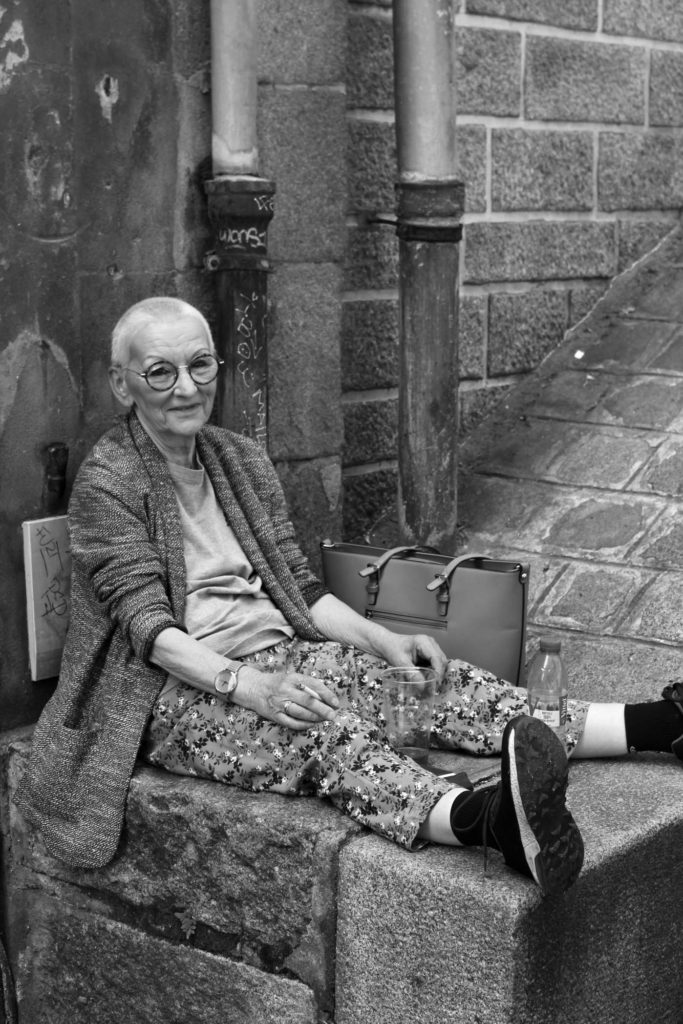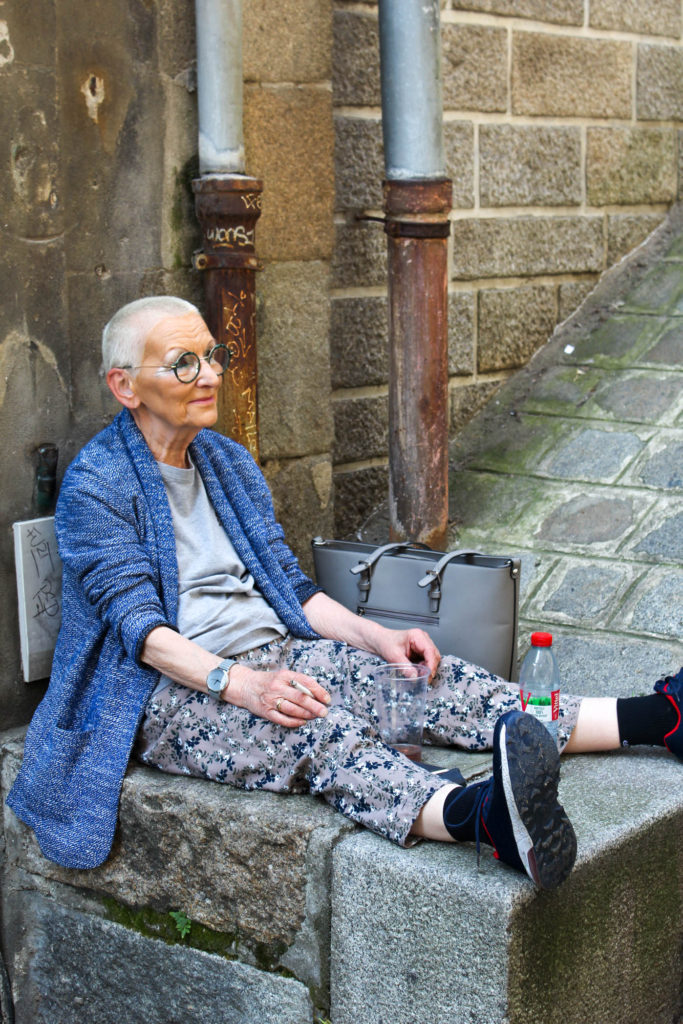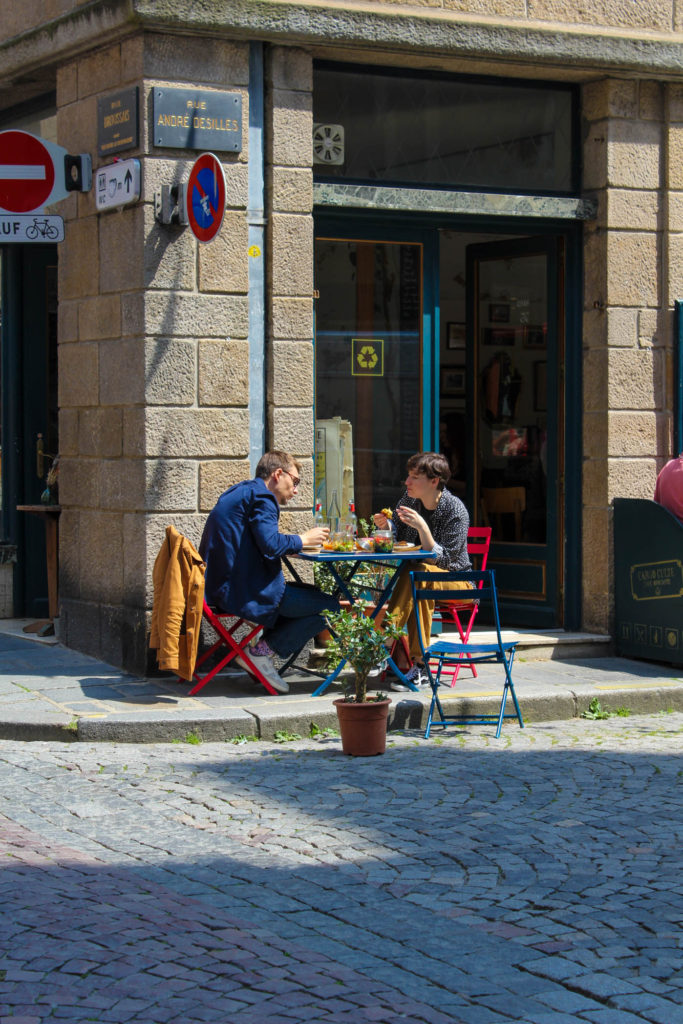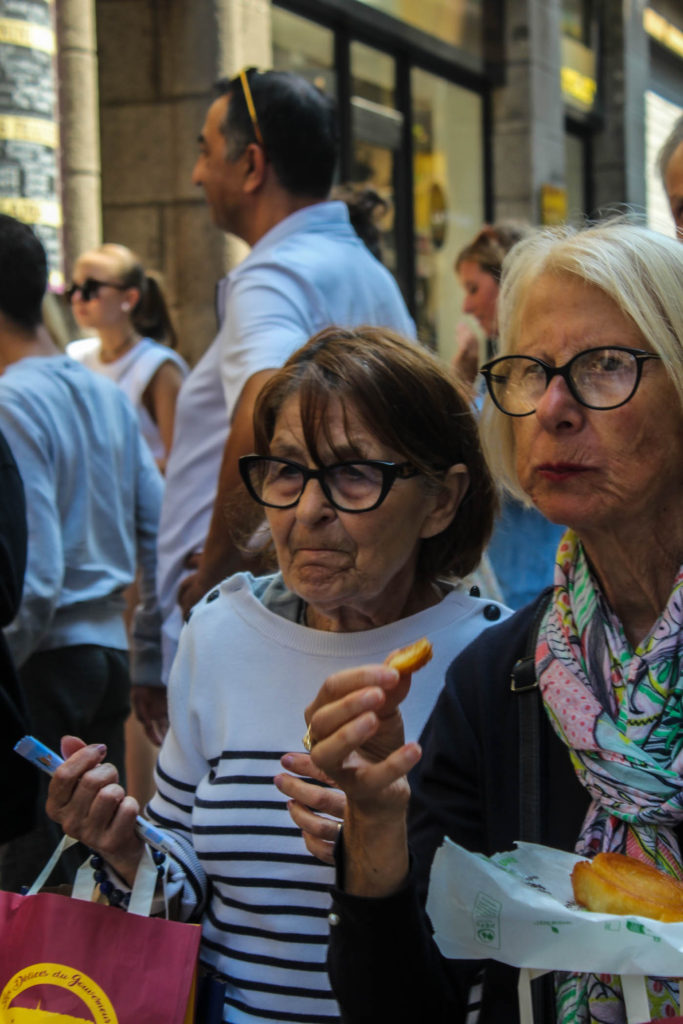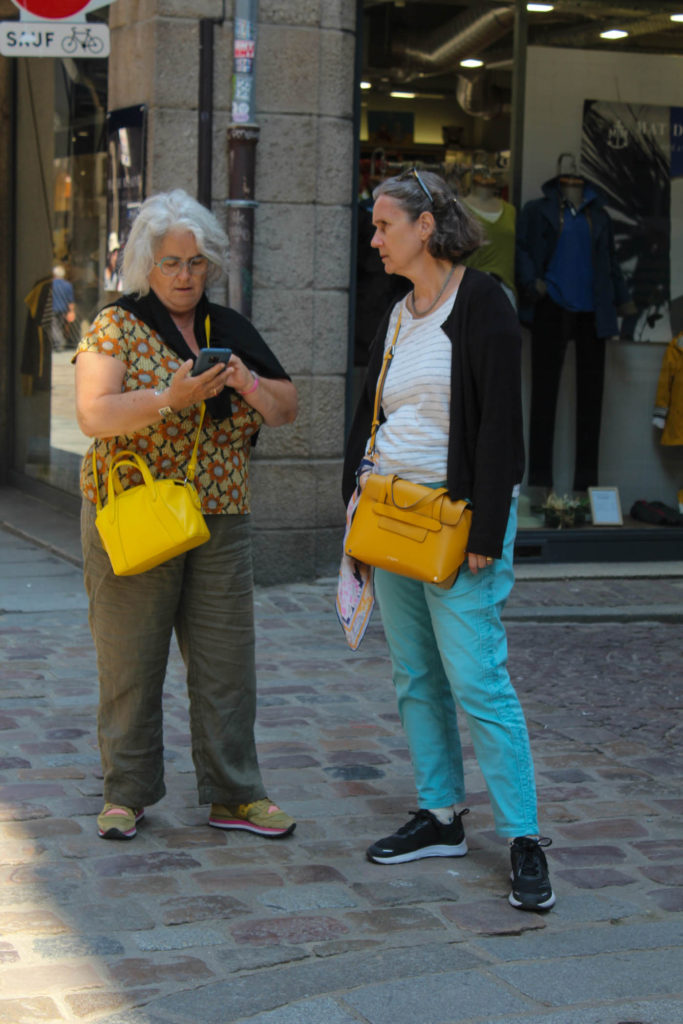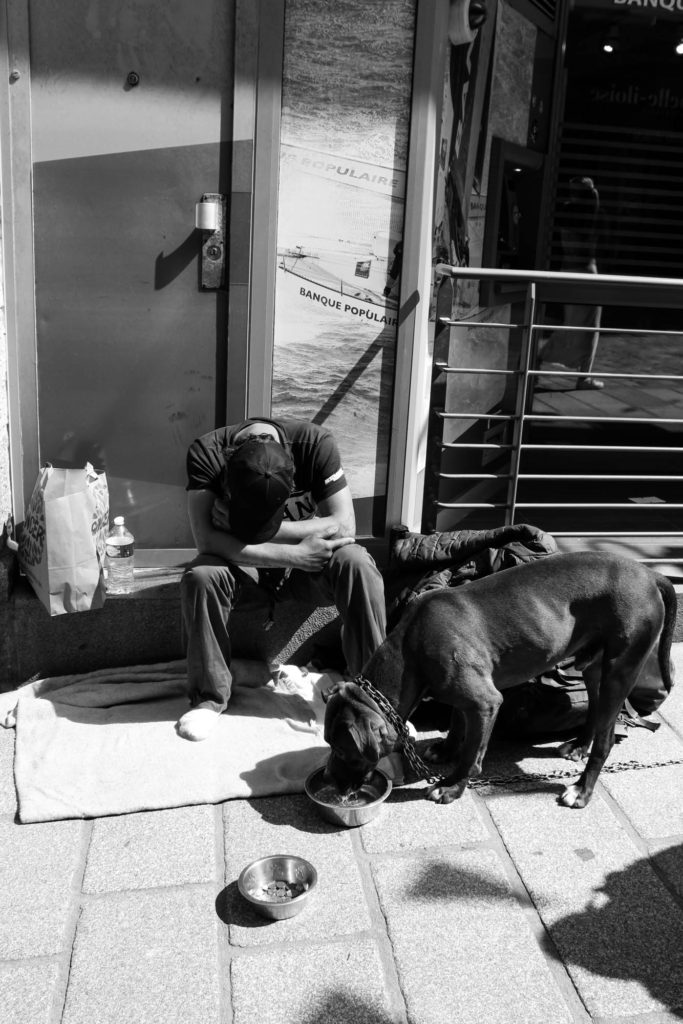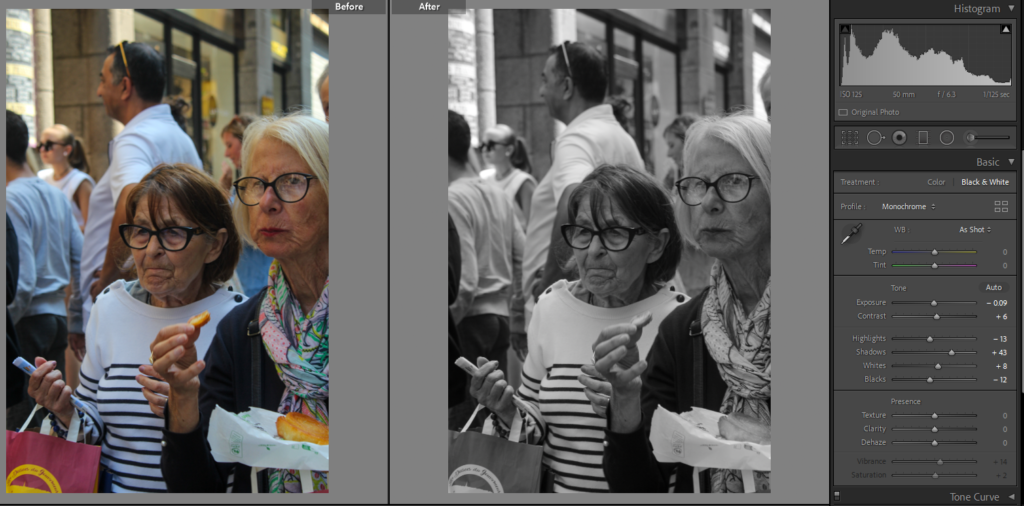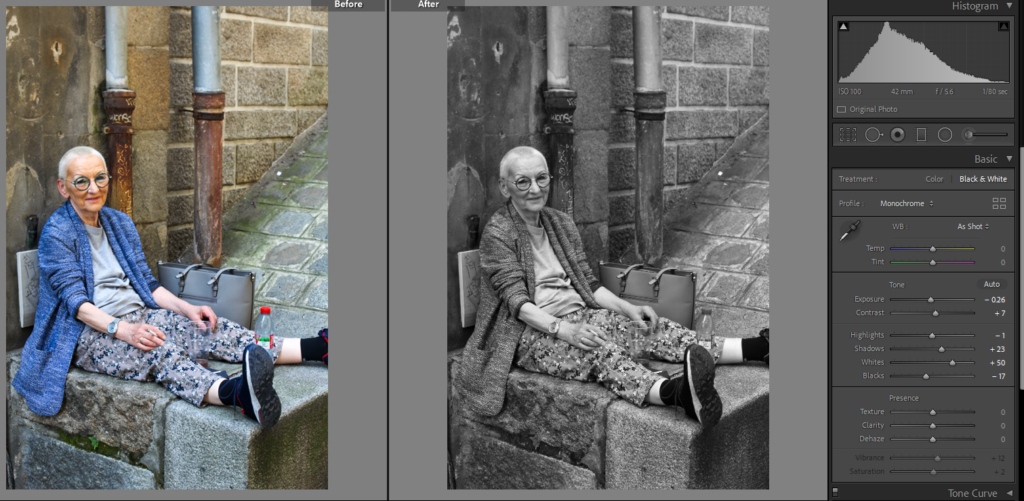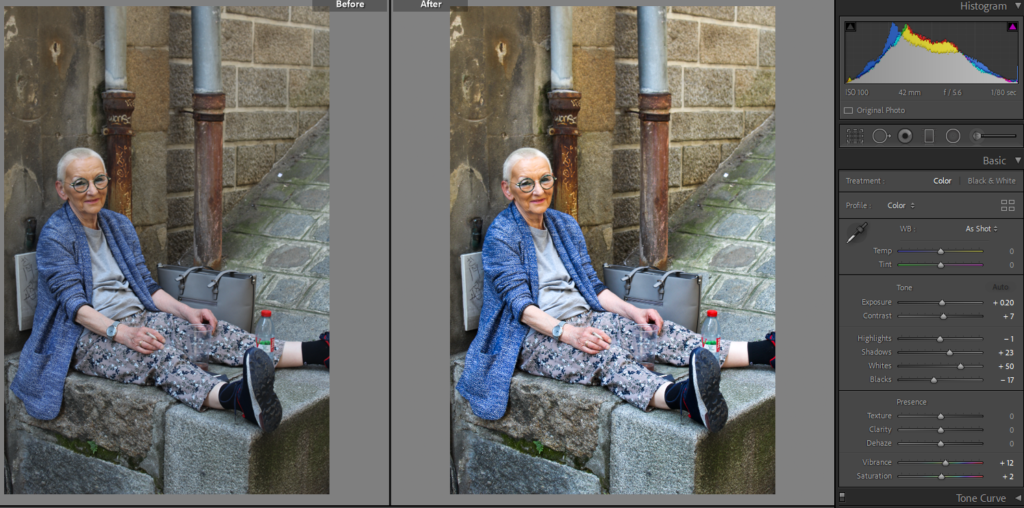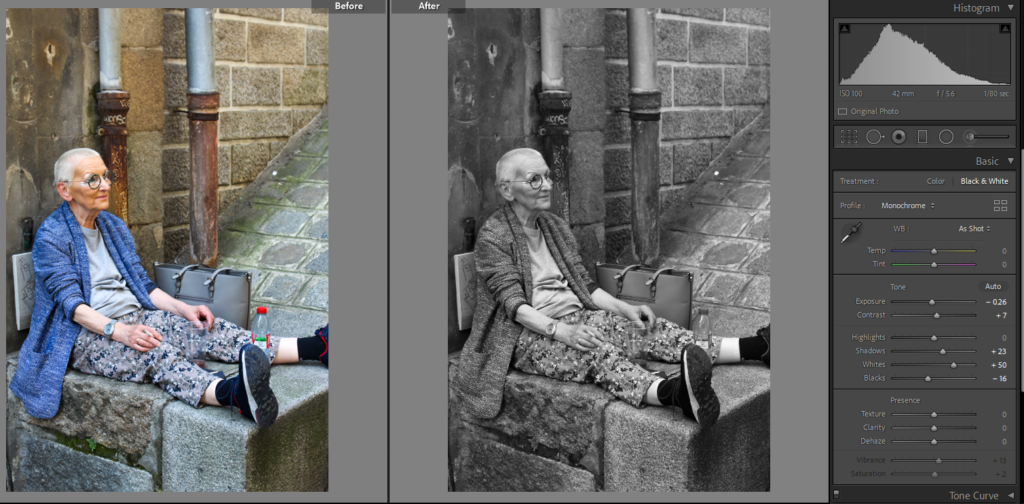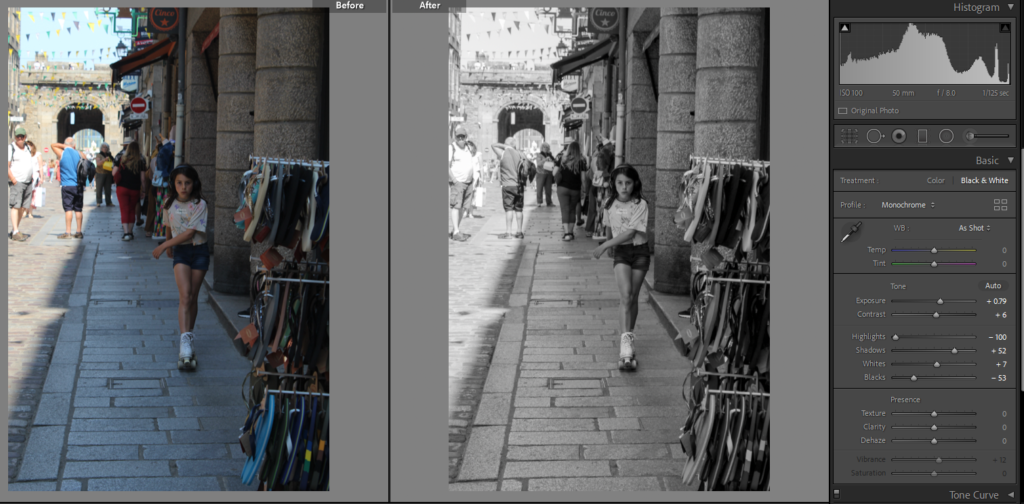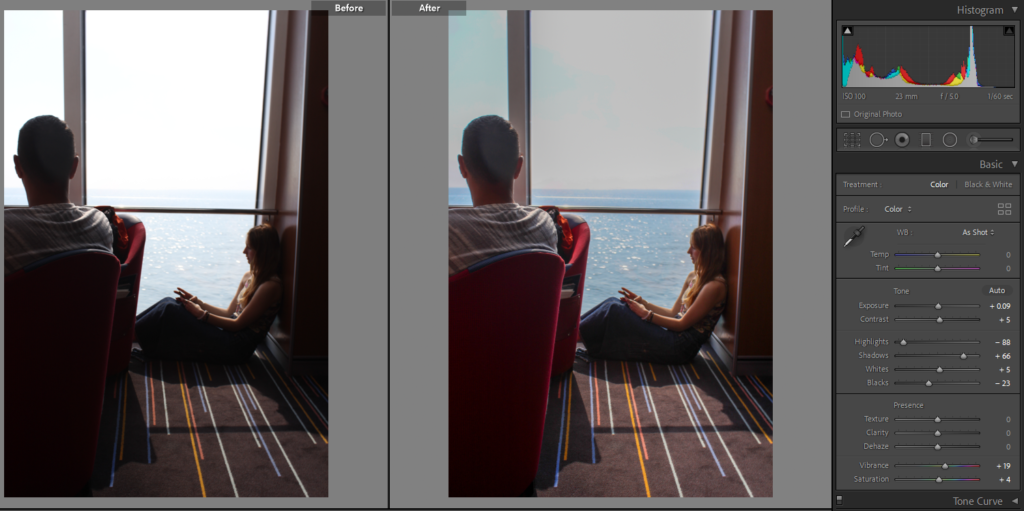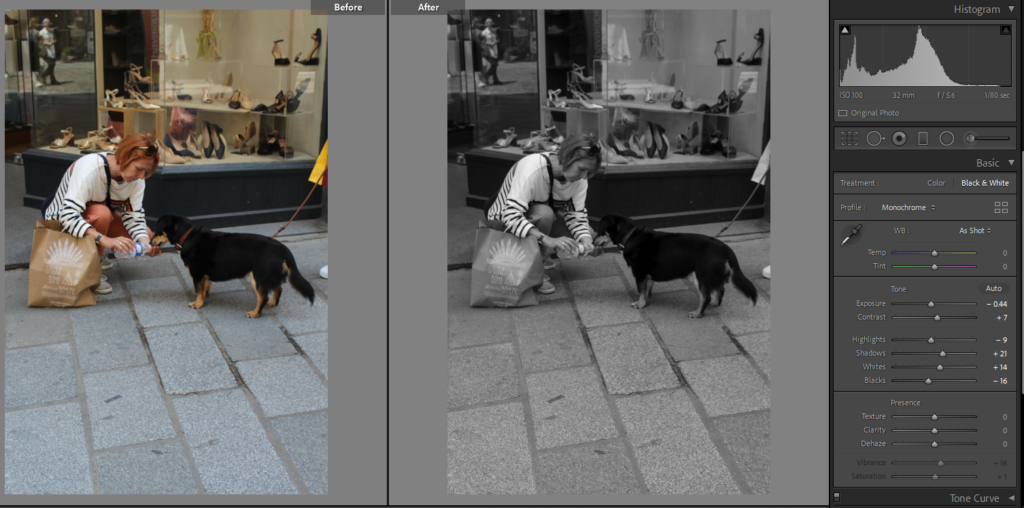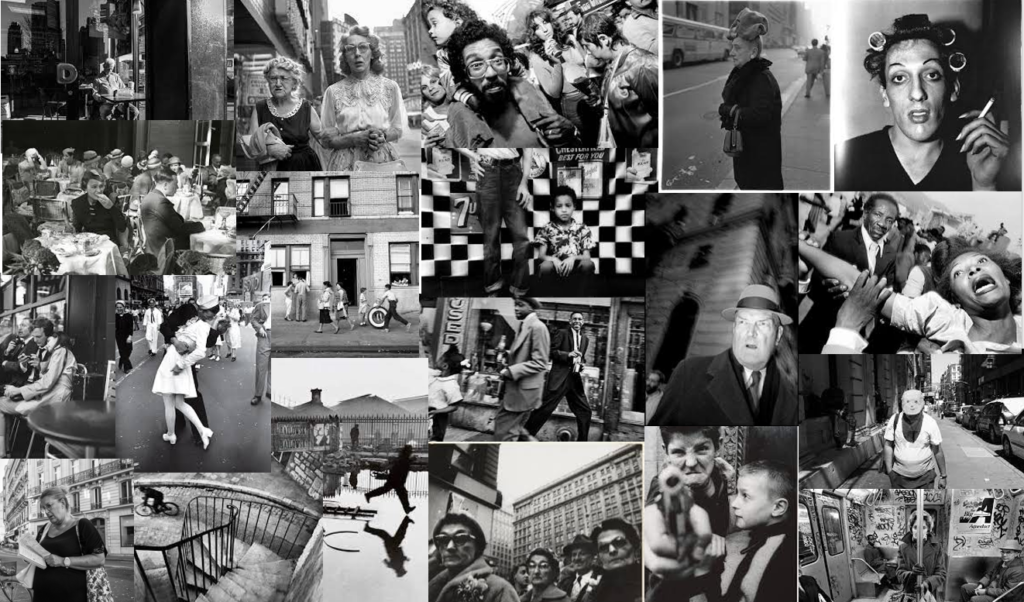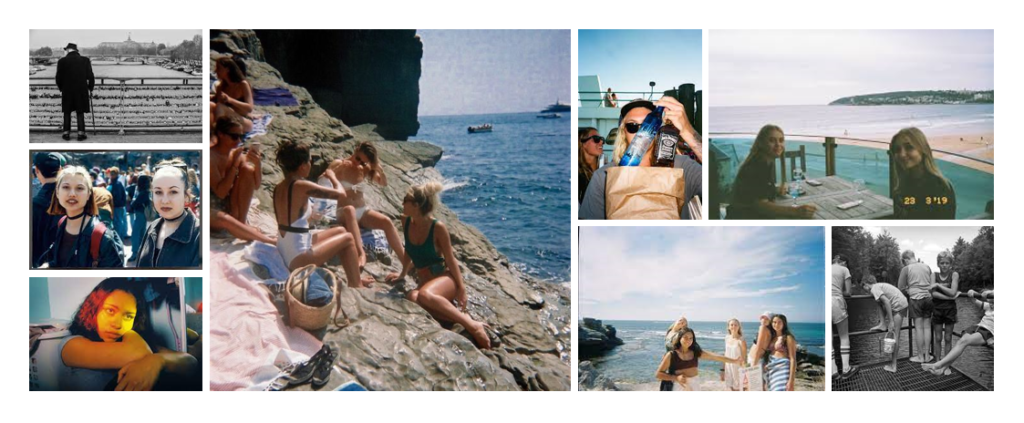
Chris Marker (Christian François Bouche-Villeneuve) was born in 1921 at Neuilly sur Seine, France, and died in 2012 and was a French filmmaker, poet, novelist, photographer, editor and multi-media artist who has been challenging moviegoers, philosophers, and himself for years with his complex queries about time, memory, and the rapid advancement of life on this planet. He fought for the French resistance during World War II and enlisted as a Paratrooper in the United States Air Force. In the 1950s Marker wrote for l’Esprit and Cahiers du cinéma and was an assistant to Alain Resnais. His work was been presented internationally. Marker was the subject of a film retrospective at The Museum of Modern Art, New York, and was a featured artist of the exhibition Passage de l’image at the Centre Georges Pompidou, Paris, and Documenta X, Kassel, Germany. In 2018 he had a screening at Cannes Film Festival, won the International Critics Prize, and had a major retrospective in Paris. Marker’s La Jetée is one of the most influential, radical science-fiction films ever made, a tale of time travel.

What is the story behind La Jetee?
La Jetee is about a man that is sent back and forth, in and out of time in an experiment that attempts to unravel the fate and the solution to the problems of a post-apocalyptic world during the aftermath of WW3. The experiment results in him getting caught up in a never ending memories of past events which are recreated on an airport’s viewing pier. What makes the film interesting for the purposes of this discussion, is that while in editing terms it uses the language of cinema to construct its narrative effect, it is composed entirely of still images showing images from the featureless dark of the underground caverns of future Paris, to the intensely detailed views across the ruined city, and the juxtaposition of destroyed buildings with the spire of the Eiffel Tower.


